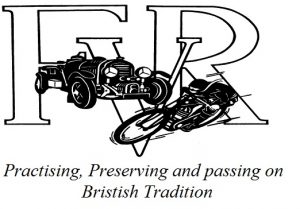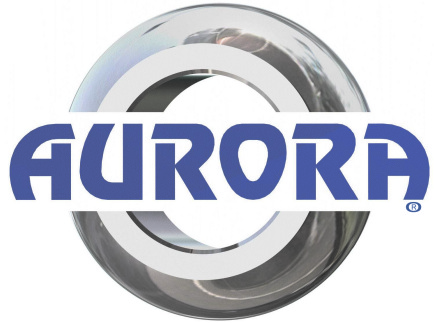Celebrating 50 years of the Porsche 917
The 12th March 1969 is one of those dates imprinted on my brain. That was 50 years ago and I was not there to see the event in question because I was at school studying for my final year exams, and to be honest, it meant nothing to me for at least a year, but that is the day that saw the reveal of the Porsche 917 at the Geneva Motor Show.
It was a car that was to become my favourite of all time, especially the JW Automotive version in the Gulf Racing colours. That it starred in one of my favourite films of all time, the Steve McQueen ‘Le Mans’, which I saw being partly filmed as it was my first trip to that fabulous race and witness Porsche take its first victory there, added to the story for me.
I was so enamoured by the car, and the duel it had in 1970 and 1971 with the superb Ferrari 512 that wearing a different hat, I published Kimberley’s Racing Sportscar Guide No. 1 on the 917, written by that great journalist Michael Cotton (father of another great journalist Andrew who edits our rival magazine no less!). Concurrently with No. 2 on the Ferrari 512 by Ferrari expert Nathen Beehl – and that was in 1987, 32 years ago! Up until that time I had concentrated on the Formula 1 teams, but such was the pull of these two cars that I diversified.
Re-reading Cotton’s book is fascinating, especially when it comes to the technical details. In a paper delivered to the Institution of Mechanical Engineers in January 1972 by Dipl. Ing. Hans Mezger – who was entrusted by Porsche with the 917’s engine design and development – is that despite doubts by other engine builders, including Ferrari, that an air-cooled engine of 5 litres developing more than 500 horsepower was feasible. Porsche’s research showed that heat in particular was not an insuperable problem. The 3 litre 908, which easily won the World Sportscar Championship in 1969 but crucially not Le Mans, needed 14 bhp or 3.9% of the total power to drive the cooling fan, the 5 litre 917 needed only 17 bhp, or 2.7% of the eventual power. As Cotton comments in the book, “Ultimately the 5.4 litre, 1,100 bhp turbocharged Can-Am engine unit was air-cooled too, so doubts about the efficiency of air as a coolant were about as well founded as ideas were in the Middle Ages that the earth is flat!”
Altogether 43 917s were built plus a further 16 Can-Am cars – 917/10 and 917/30 – were made for the US series and for the Interseries Championship. To keep costs down, though, Porsche outsourced further racing development to JW Automotive in the UK, Porsche Salzburg and the Martini Racing team in 1971.
In terms of results during this era before the cars were banned by the FIA because they were beginning to steal some of Formula 1’s thunder, the Works assisted cars won 15 World Championship races in a two-year period while the Can-Am cars won 14 races in the US in 1972-73. As Cotton wrote, in a span of four years, Porsche moved from reliable class winners to dominant outright winners, greatly increasing the status of the company around the world.
To mark the car’s 50th anniversary, in the next issue of Historic Racing Technology published next month we will be running a full story on the 917 and Porsche Museum’s rebuild of 917 chassis 1. Pre-order the issue here
William Kimberley is the editor-in-chief of Historic Racing Technology













